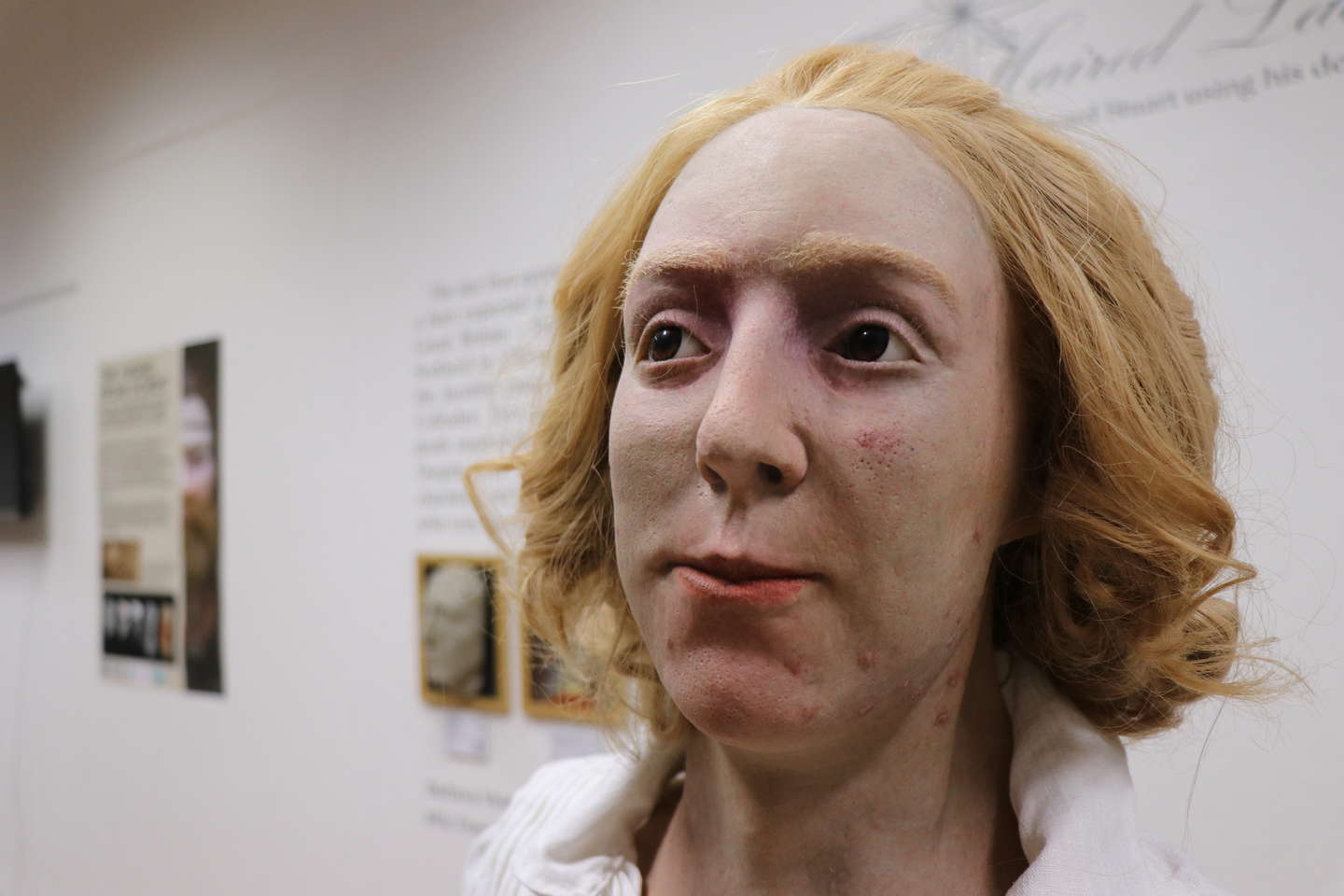Bonnie Prince Charlie: Recreation Shows Face of Jacobite Rising

He is one of Scotland’s most famous historical figures but more than 200 years after he died, Bonnie Prince Charlie has been given a new lease of life by experts at the University of Dundee.
A team at the University’s Centre for Anatomy and Human Identification (CAHID) has recreated the face of the Prince as he would have looked at the time of the Jacobite rising, his unsuccessful attempt to restore his father, James Francis Edward Stuart, to the British throne.
Aged just 24 at this time, this new recreation has been produced using death masks of the Prince, which have been painstakingly photographed and mapped by Dundee researchers. Subsequently, 3D models were produced with state-of-the-art software allowing experts to “de-age” the Prince to create a representation of him from the period he is best remembered.
“I have looked at previous reconstructions of historical figures and was interested as to how these could be done differently,” said Barbora Veselá, a Masters student who initiated the project and whose work will feature as part of the University of Dundee’s annual Masters Show, which opens to the public on Saturday 19 August.
“I wanted to create an image of what he would have looked like during the Jacobite rising. There are death masks of Bonnie Prince Charlie that are accessible, while some are in private collections. We also know that he suffered a stroke before he died, so that made the process of age regression even more interesting to me.”
Born to the exiled Stuart King James III of England and Ireland and VIII of Scotland, Prince Charles Edward Stuart sought to regain the Great British throne for his father in the Jacobite rising of 1745.
Despite some initial successes on the battlefield, his army was defeated by government forces at the Battle of Culloden, near Inverness, in April 1746 and he spent the next five months as a hunted man before eventually fleeing to France. He spent the rest of his life on the continent and died in Palazzo Muti, Rome, at the age of 67.
Since his death, Bonnie Prince Charlie has continued to inspire writers and historians and has come to the attention of a new generation of admirers through depictions in modern media, including television shows such as Outlander.
Following his death, a cast of the Prince’s face was taken, as was common for notable figures at the time. The Dundee team examined copies of two these masks - located at Highlife Highland's Inverness Museum and Art Gallery, and The Hunterian, University of Glasgow, creating a composite over several months. Barbora took photographs from all around the masks and then utilised photogrammetry software to establish a 3D model. In total, she estimates that almost 500 images have been taken of both masks as part of the recreation process.
“It has been a pleasure to work with these artefacts,” she continued.
“The access I have been given has been incredible. There are moments, when you are working with the masks, that it suddenly strikes you that this was once a living person.
“We don’t tend to think about the age of people when we study history, but Prince Charlie was just 24 years-old when he landed in Scotland and to visualise how young he was at this pivotal moment in history is fascinating.
“He has some interesting features. Beauty is a very subjective thing, but Bonnie Prince Charlie does have distinctive features, such as his nose and his eyes, that encourage you to study him.
“Hopefully this recreation encourages people to think about him as a person, instead of just a legend. At the same time, it is important not to romanticise him or the era of history. There are many accounts of him but having a face to look at helps us to view him as a human and not just a name from history.”
CAHID’s Dr Tobias Houlton, who specialises in craniofacial identification and forensic imaging, said that this new image would bring new interest in the life of the famous Prince.
“This has been a hugely exciting project,” he said.
“Through many hours of hard work, Barbora has given us an exciting new insight into European history. This recreation will undoubtedly fascinate the public and the added dynamic of using artificial age-regression to bring him back to the Jacobite era, when he was most famous, showcases the range of expertise we have here at the University of Dundee.”
